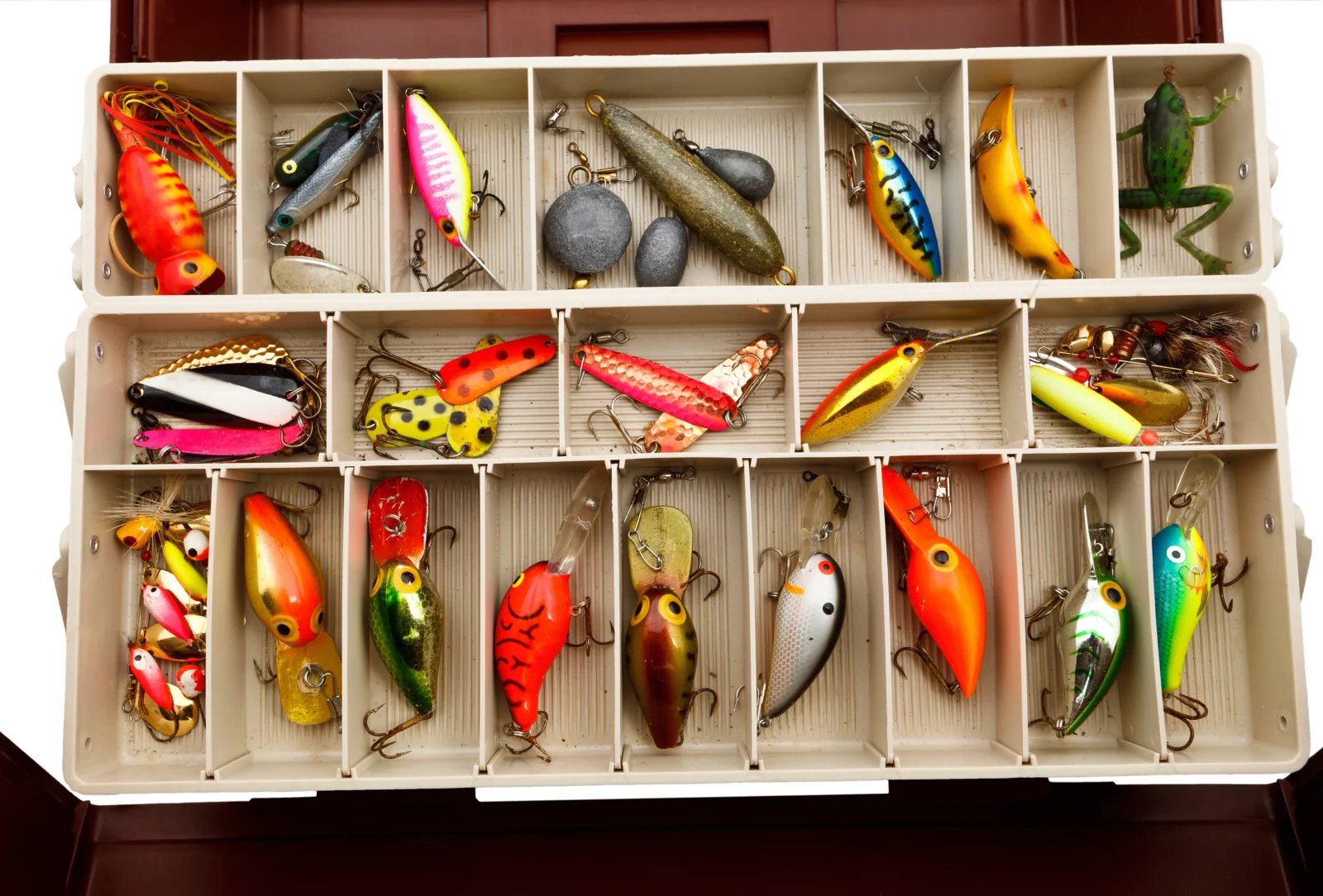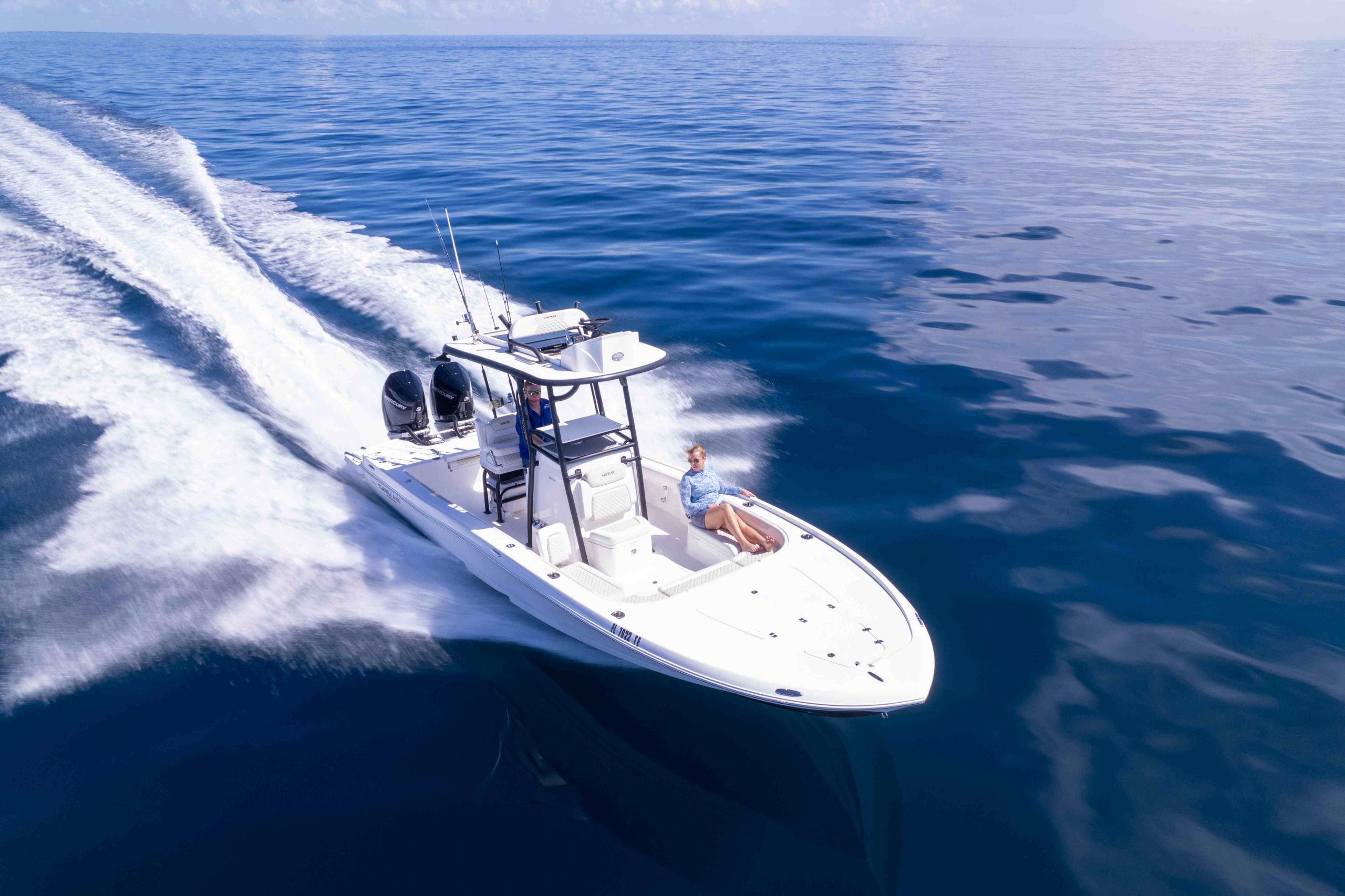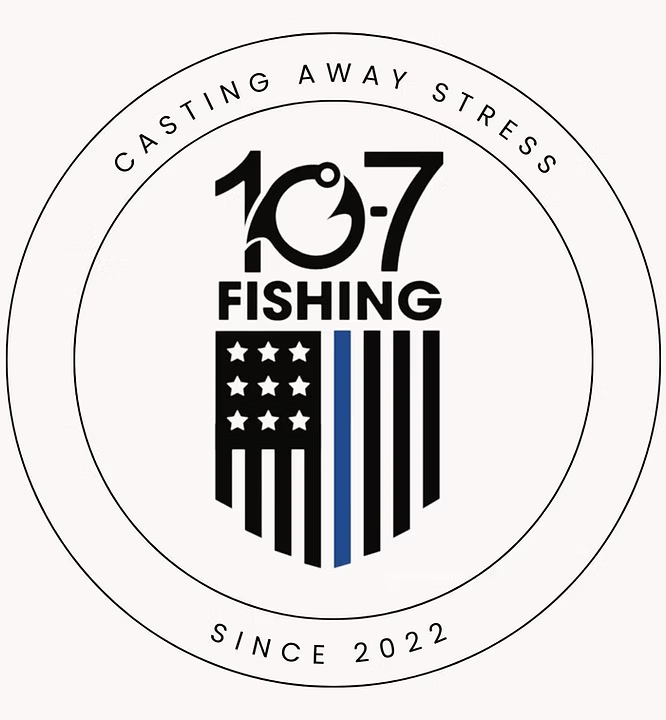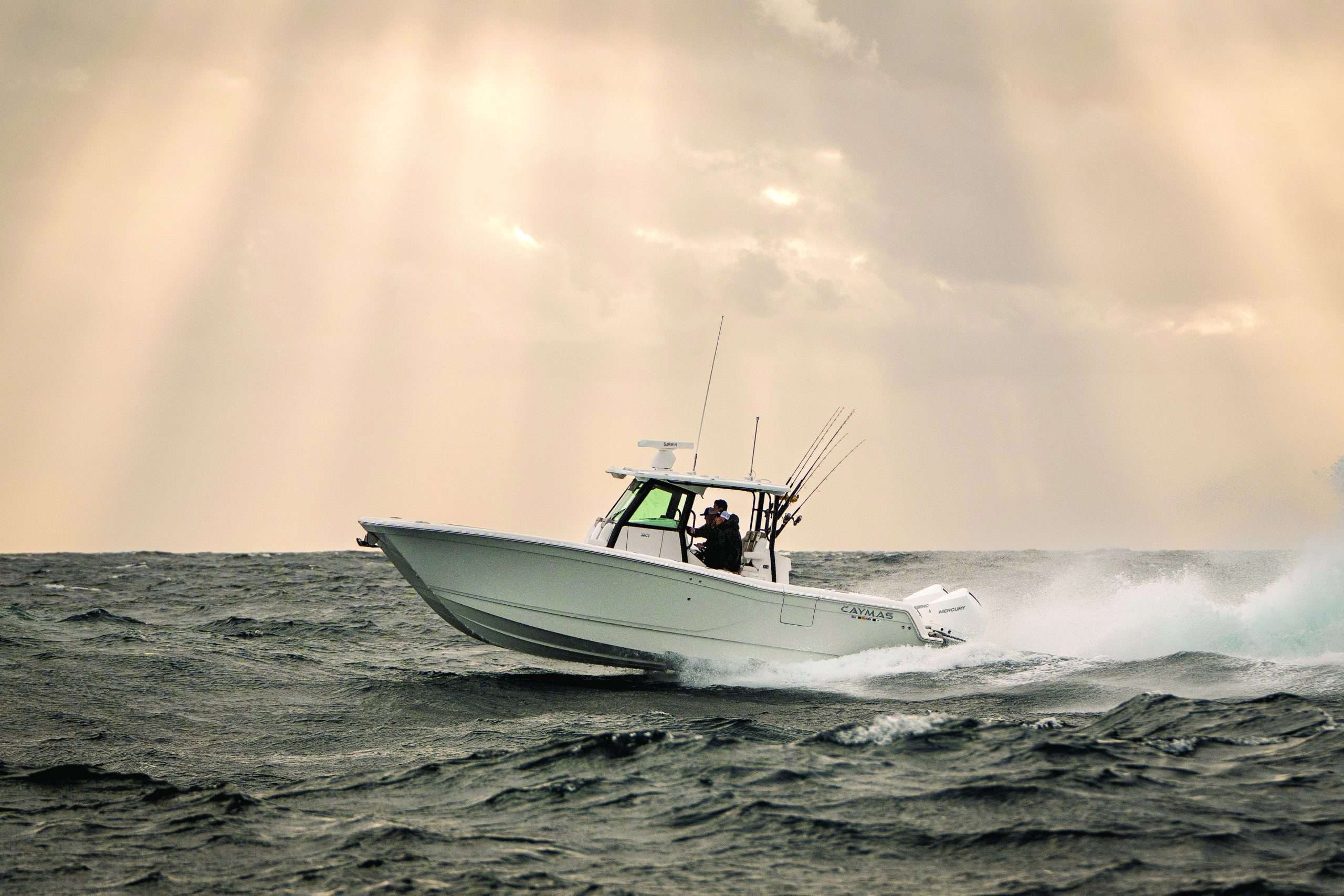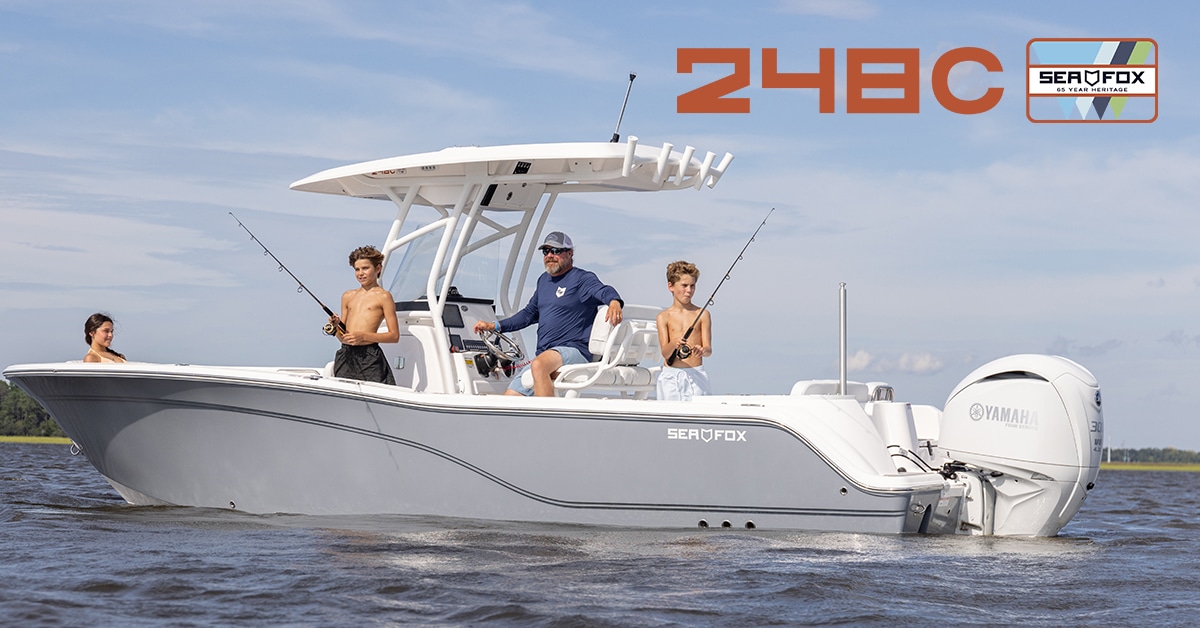Whether you’re a seasoned angler looking to add some fishing skills to your repertoire or just someone who enjoys the great outdoors, learning how to effectively use artificial lures can seriously up your game on the water. Unlike live bait, artificial lures offer versatility and can be used year-round, giving you the upper hand when trying to outsmart those finicky fish. Once you’ve picked out the ideal fishing rod and fishing line for your fishing excursion, it’s wise to consider your selection of bait as well. Let’s dive into the best practices and techniques for using artificial lures, so you can bring home that trophy catch.
| Fish Type | Soft Plastics | Jigs | Crankbaits | Spinnerbaits | Topwater Lures |
|---|---|---|---|---|---|
| Largemouth Bass | ✔️ | ✔️ | ✔️ | ✔️ | ✔️ |
| Smallmouth Bass | ✔️ | ✔️ | ✔️ | ✔️ | ✔️ |
| Peacock Bass | ✔️ | ||||
| Striped Bass | ✔️ | ✔️ | |||
| Northern Pike | ✔️ | ✔️ | ✔️ | ✔️ | ✔️ |
| Musky | ✔️ | ✔️ | ✔️ | ✔️ | |
| Redfish | ✔️ | ||||
| Snook | ✔️ |
Artificial Soft Plastic Lures
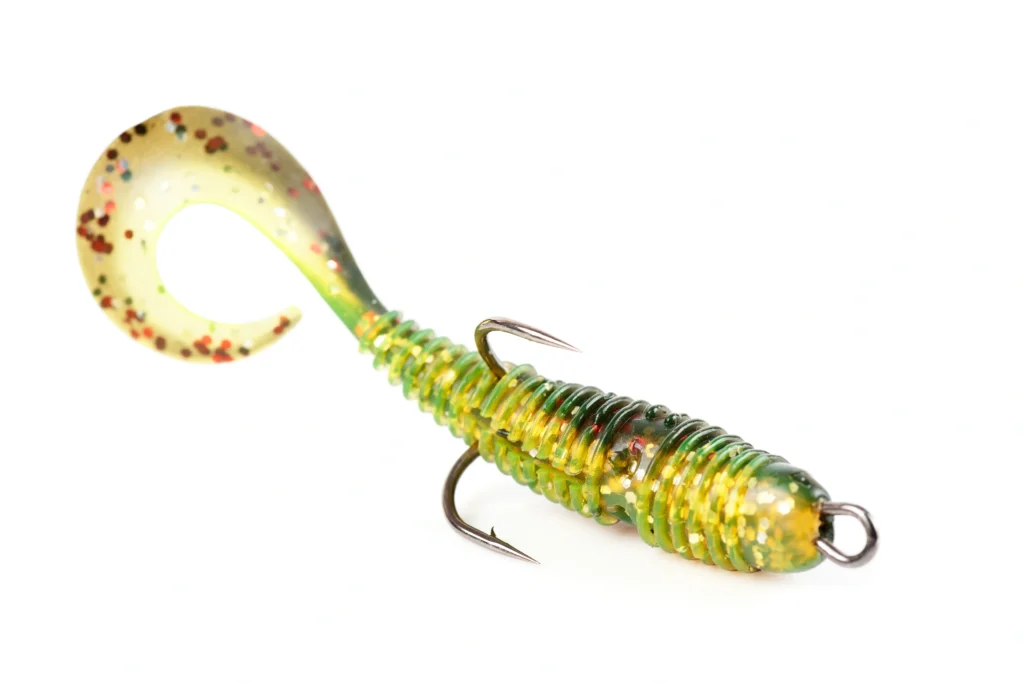
What Are Soft Plastics?
Soft plastics are the bread and butter of artificial lures. These flexible, rubbery baits come in countless shapes and colors, from worms and minnows to crawfish and frogs. They’re perfect for targeting bass and other predatory fish. You can rig them in various ways—Texas rig, Carolina rig, or just a simple jig head—to match the conditions and fish you’re after.
Techniques for Soft Plastics
When fishing with soft plastics, patience is key. Work them slowly along the bottom, mimicking a wounded or slow-moving prey. Try giving your rod a gentle twitch every now and then to make the bait look alive. This technique is particularly effective for bass, who can’t resist an easy meal.
Best Conditions for Soft Plastics
Soft plastics shine in clear water conditions where fish have a better view of the bait. They’re also great when fish are sluggish, such as in cooler water temperatures, as their subtle action can coax even the laziest bass into biting.
Tips for Success with Soft Plastics
- Match the Hatch: Use colors and sizes that resemble the prey in the water you’re fishing.
- Slow and Steady: A slow retrieve often works best, allowing the lure to stay in the strike zone longer.
- Keep It Versatile: Use different rigging methods to adapt to various fishing conditions.
Artificial Jig Lures
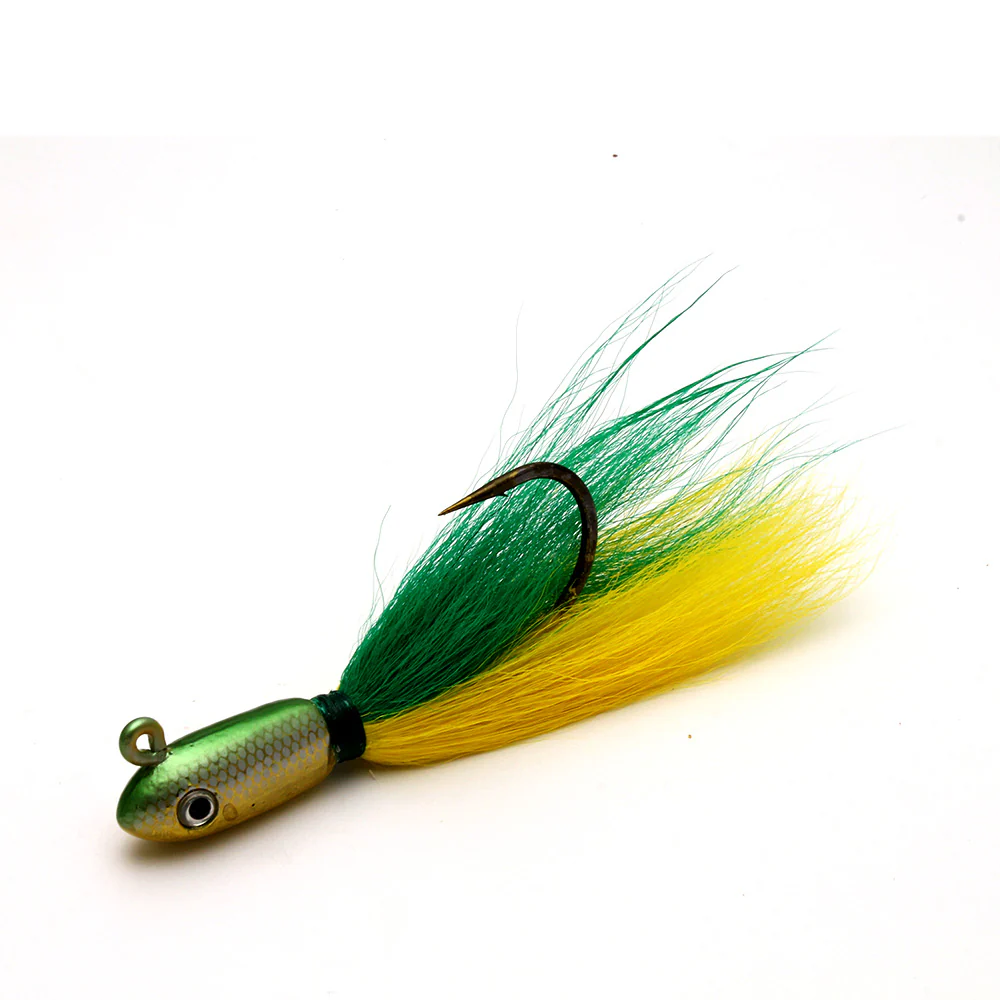
What Are Jigs?
Jigs are weighted lures that can be dressed up with feathers, hair, or soft plastics. They’re incredibly versatile and can be used in both freshwater and saltwater. Whether you’re bouncing them off the bottom or swimming them through the water column, jigs are great for targeting species like bass, walleye, and even saltwater predators like snook and redfish.
Techniques for Jigs
Jigs are best fished with a lift-and-drop motion. Cast your jig out, let it sink to the bottom, then lift your rod tip and let it fall back down. The erratic movement mimics a baitfish or crawfish trying to escape, which is often too tempting for fish to pass up.
Best Conditions for Jigs
Jigs are effective in cooler water when fish are hanging close to the bottom. Their versatility allows them to be fished in various conditions, but they’re particularly useful in murky water or heavy cover where fish may be more hesitant to strike at fast-moving baits.
Tips for Success with Jigs
- Use the Right Weight: Heavier jigs sink faster and are better for deeper water, while lighter jigs are ideal for shallow areas.
- Bounce and Pause: The lift-and-drop technique often triggers strikes, especially when fish are holding near the bottom.
- Add a Trailer: Enhance the jig’s appeal by adding a soft plastic trailer to mimic the movement of a fleeing prey.
Artificial Crankbait Lures
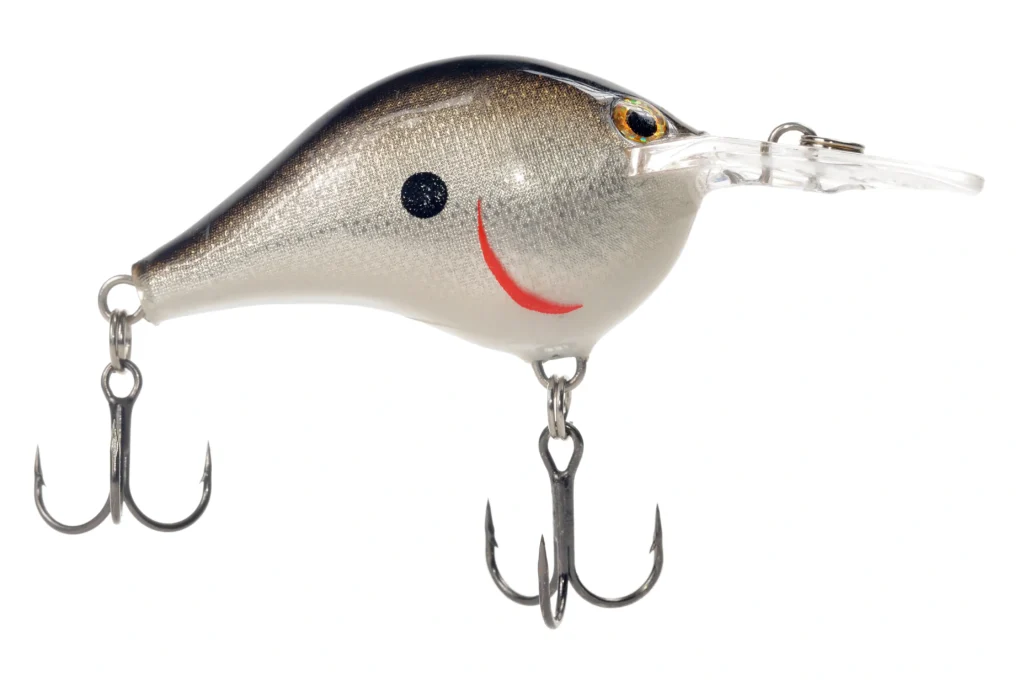
What Are Crankbaits?
Crankbaits are hard-bodied lures designed to dive and swim through the water like a distressed baitfish. They come in various sizes and diving depths, making them effective for covering a lot of water quickly. Use them to target bass, pike, and other aggressive species when they’re on the hunt.
Techniques for Crankbaits
Crankbaits are great for fishing large areas of water. To use them, reel in the line at a steady pace, but every now and then, stop for a moment or give the rod a little jerk. This makes the lure look like a scared fish trying to escape, which often makes fish strike out of instinct.
Best Conditions for Crankbaits
Crankbaits are perfect when you want to cover a lot of water quickly, especially if you’re fishing in murky or stained conditions where visibility is low. In these situations, fish can’t see as well and rely more on their lateral lines—a special sense organ that detects vibrations and movement in the water. The crankbait’s wobbling action and built-in rattles create vibrations that fish can sense from a distance, making it easier to draw them in even when they can’t see the lure clearly. This makes crankbaits a great choice for finding fish that are scattered across a large area or hiding in deeper waters where other lures might not reach effectively.
Tips for Success with Crankbaits
- Choose the Right Depth: Select crankbaits based on the depth you want to fish, ensuring they stay in the strike zone.
- Steady Retrieve with Twitches: Keep a steady pace, but add in occasional twitches to trigger strikes.
- Experiment with Colors: Use natural colors in clear water and brighter colors in murky water to maximize visibility.
Artificial Spinnerbait Lures
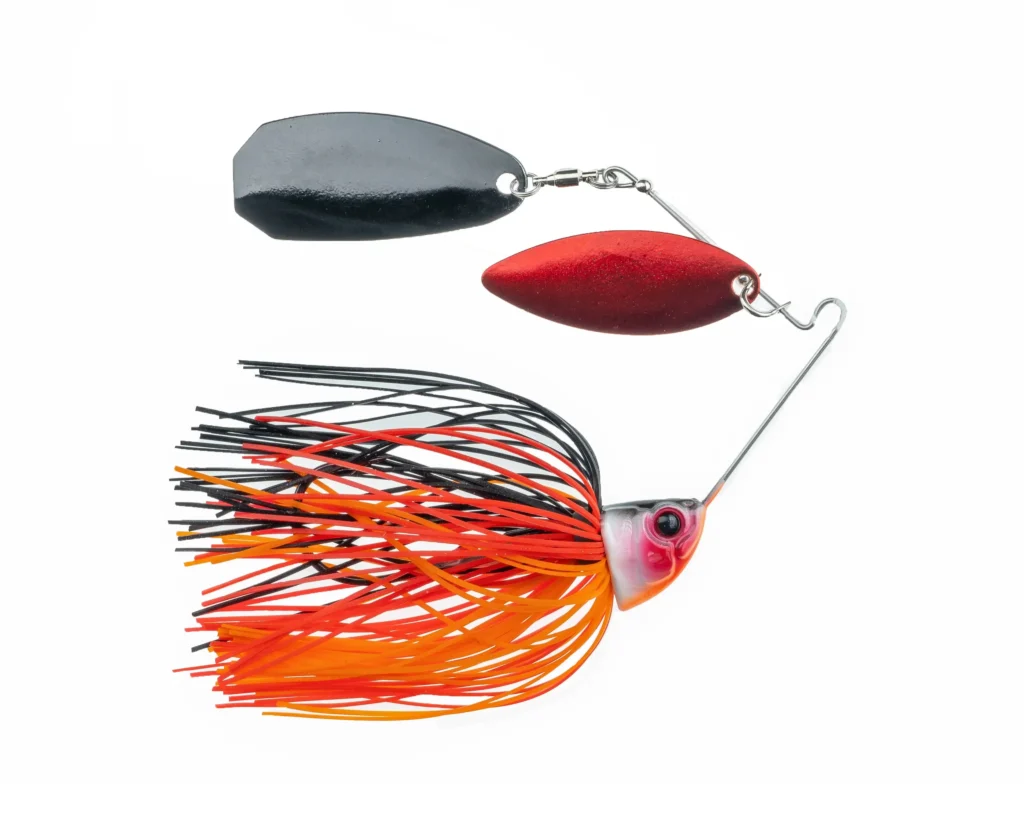
What Are Spinnerbaits?
Spinnerbaits are flashy lures with one or more spinning blades that create vibration and flash, imitating a fleeing baitfish. These lures excel in murky water or low-light conditions when fish rely more on vibration and flash to detect prey. They’re a go-to for bass fishermen, especially when working through weeds and brush.
Techniques for Spinnerbaits
When using spinnerbaits, it’s usually best to reel in your line slowly and steadily. This works especially well in spots with lots of plants or underwater obstacles like fallen trees. The idea is to keep the lure moving just above these areas because that’s where bass often hide, waiting to ambush prey. Pike, musky, and walleye are also fond of this lure type.
Best Conditions for Spinnerbaits
Spinnerbaits excel in low-light conditions or murky water where visibility is low. The vibration and flash help fish zero in on the bait, making them perfect for early morning, late afternoon, or overcast days.
Tips for Success with Spinnerbaits
- Slow Rolling Through Cover: Keep the bait just above the structure to entice strikes from hiding fish.
- Use the Right Blade: Colorado blades produce more vibration for murky water, while willow blades are better for clearer water.
- Experiment with Colors: Match the color of your spinnerbait to the water clarity and available light.
Artificial Topwater Lures
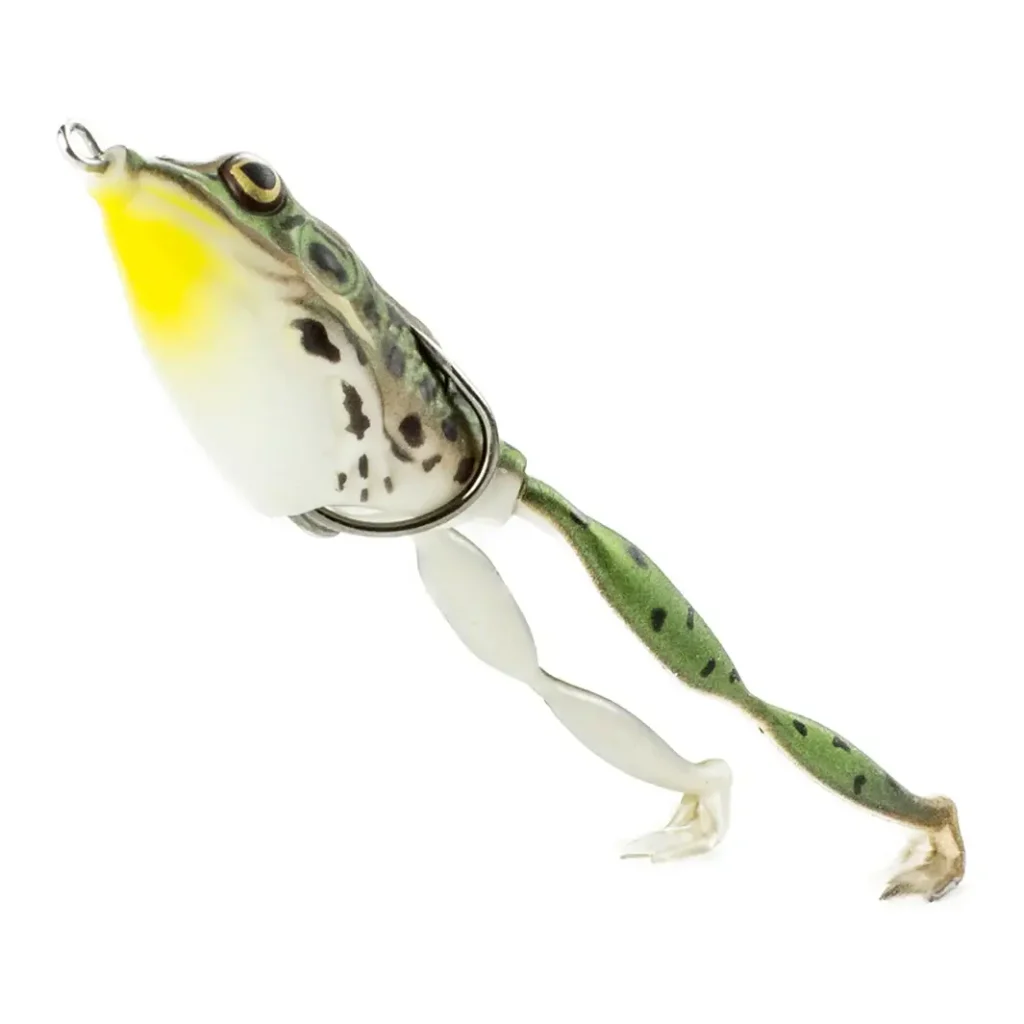
What Are Topwater Lures?
Topwater lures are designed to float and create a commotion on the water’s surface. Whether it’s a popper that makes a splash or a frog that skips across lily pads, these lures are perfect for drawing explosive strikes from fish lurking just below the surface. They’re especially effective during dawn or dusk when fish are feeding near the top. This lure type is best for bass varieties, pike, snook, musky, and redfish.
Techniques for Topwater Lures
Topwater fishing is as exciting as it gets. Use a “walk the dog” technique with lures like spooks or frogs, making them zigzag across the surface. This action imitates a panicked prey and can lead to explosive strikes.
Best Conditions for Topwater Lures
Topwater lures are most effective during low-light periods, such as dawn and dusk, when fish are actively feeding near the surface. They also work well in shallow water with lots of cover where fish are likely to ambush prey.
Tips for Success with Topwater Lures
- Walk the Dog: Perfect your technique to make the lure zigzag across the surface, imitating a fleeing prey.
- Use During Low-Light: Early morning and late evening are prime times for topwater action.
- Match the Prey: Use frog imitations in weedy areas and baitfish imitations in open water.
Frequently Asked Questions about Artificial Lures
Artificial lures offer versatility and can be used in various conditions, unlike live bait. They’re also reusable and can mimic specific prey, making them a great choice for many anglers.
The best color depends on water clarity and light conditions. In clear water, natural colors like greens and browns work well. In murky water, brighter colors like chartreuse or white are more visible.
Consider the water conditions, the type of fish you’re targeting, and the prey they’re feeding on. Matching these factors will help you choose the right lure.
Yes, many artificial lures are versatile enough to be used in both environments. Just be sure to se your gear after saltwater use to prevent corrosion.
Store them in a cool, dry place, preferably in a tackle box with individual compartments. This prevents tangling and keeps them in good condition for your next trip.

